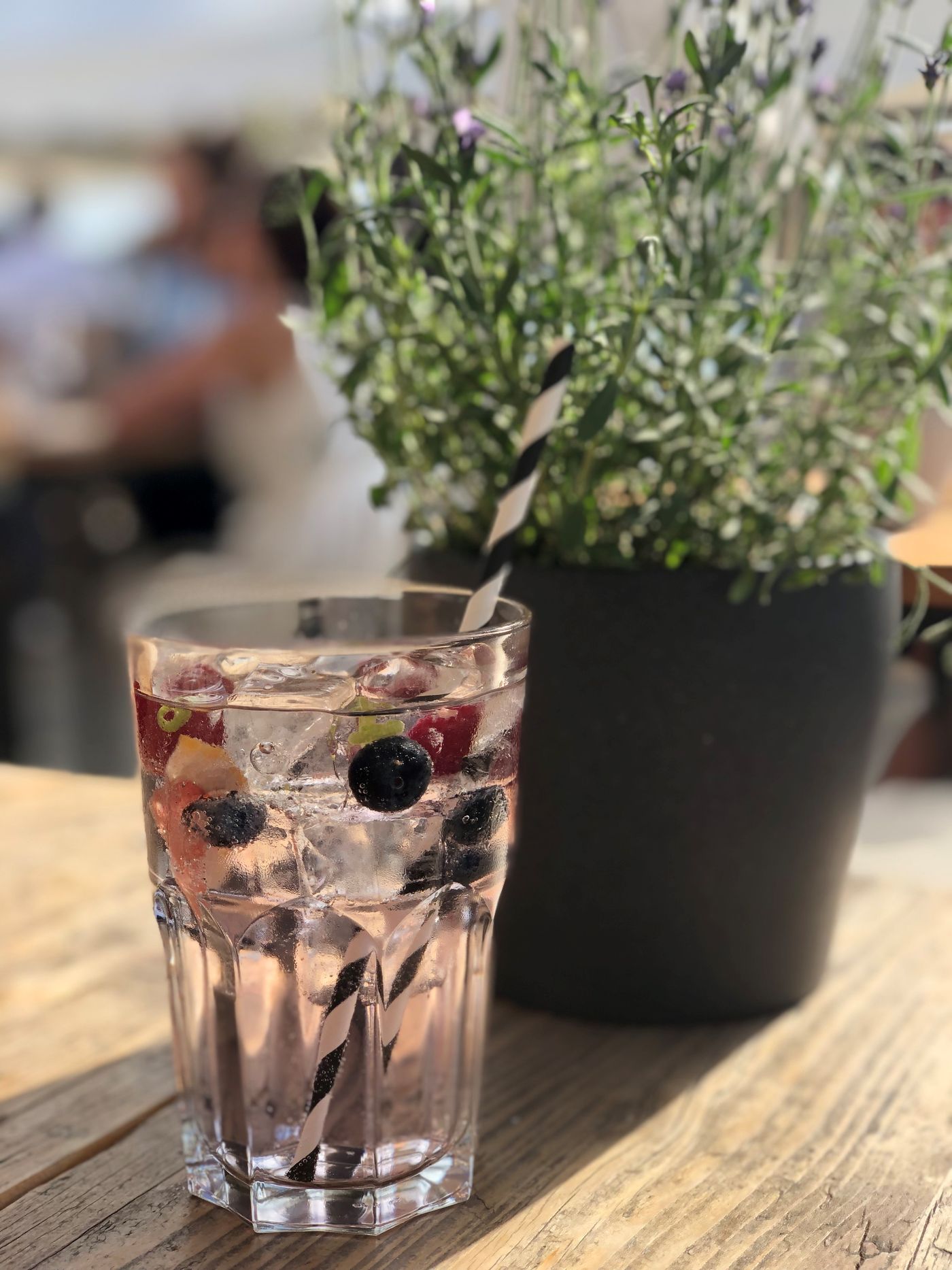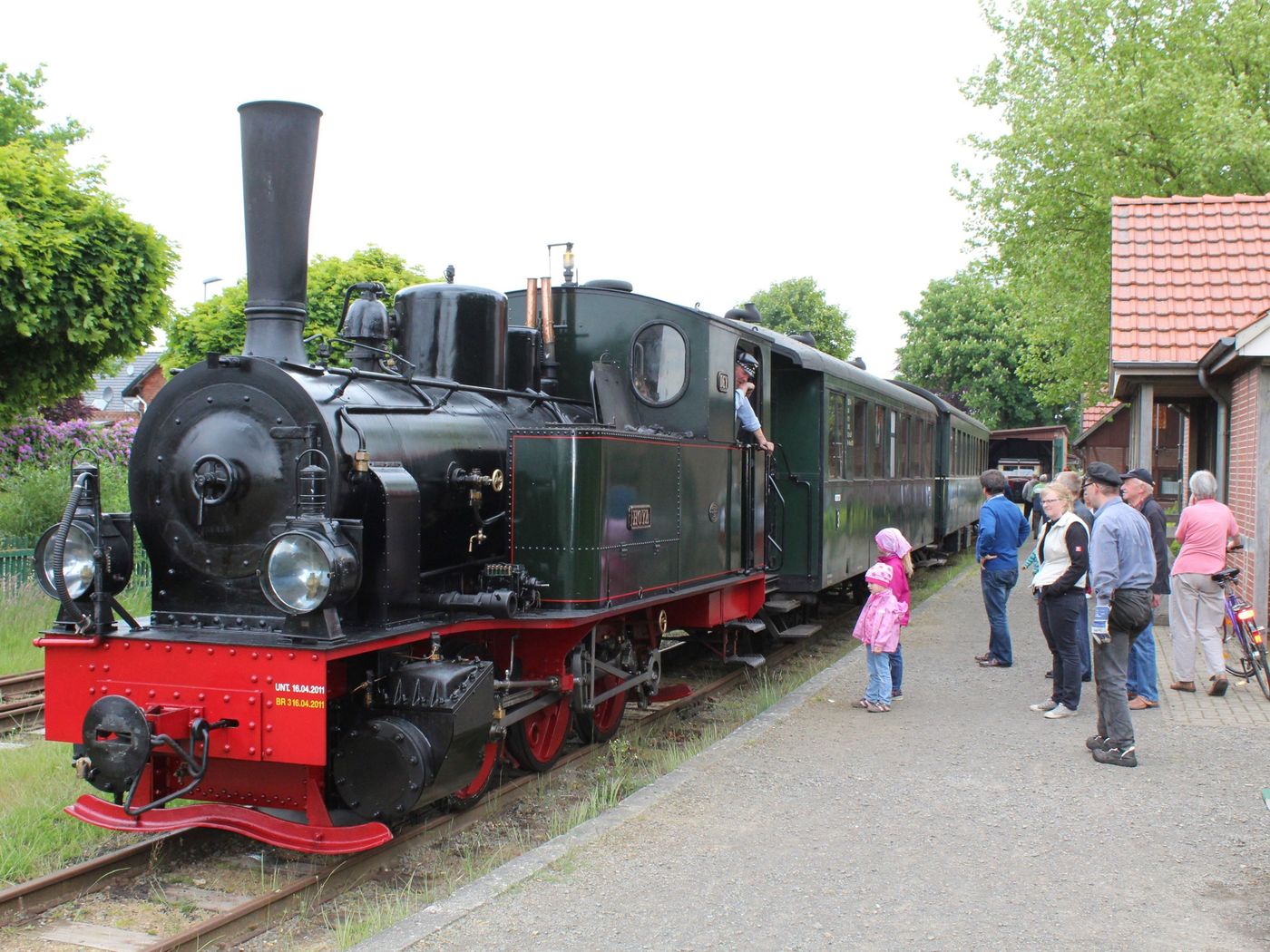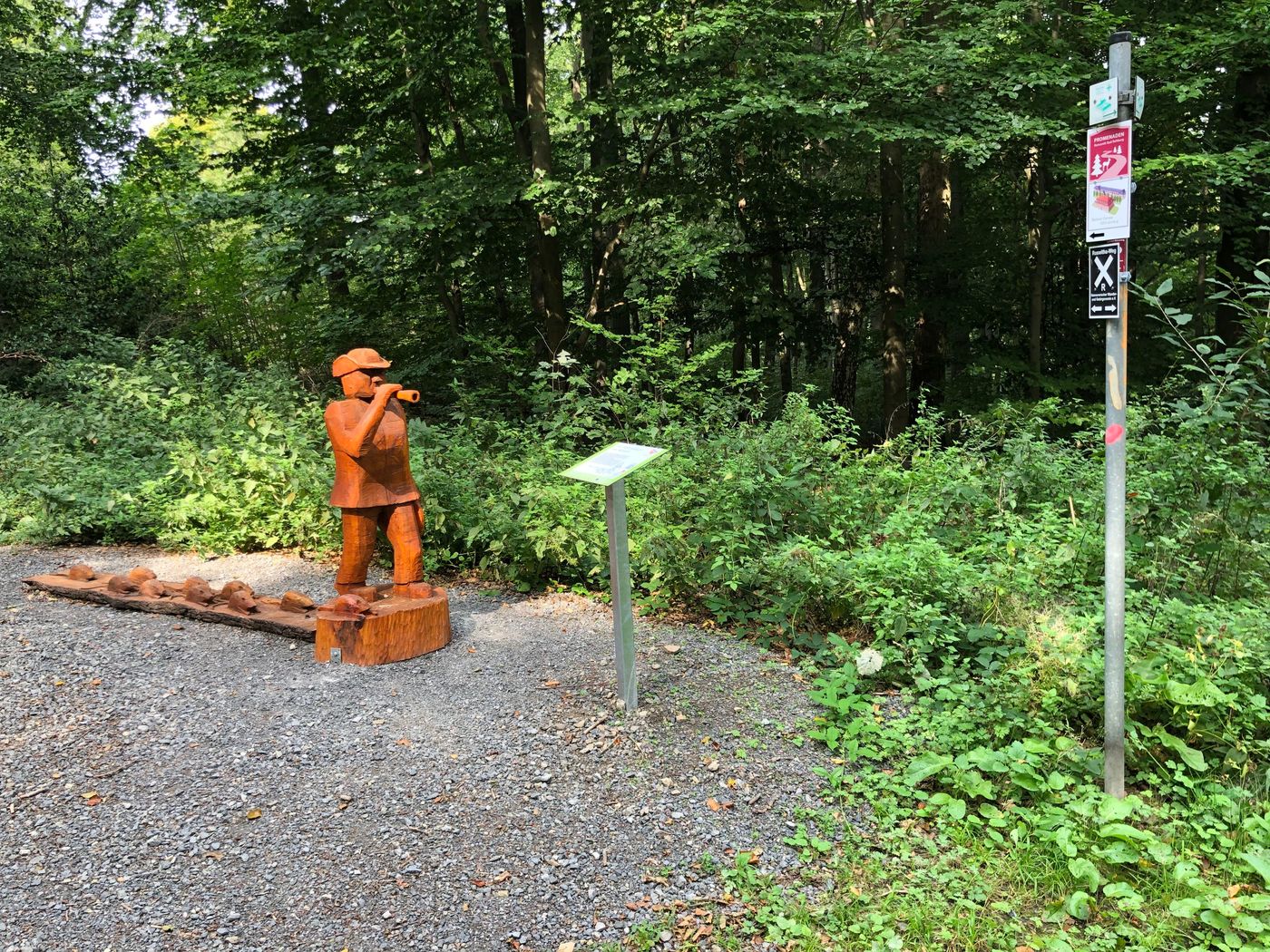Bruchhausen-Vilsen
On the road with the steam locomotive
In Bruchhausen-Vilsen, time has not stood still, it has only been turned back. The oldest German open-air railway museum displays a unique collection of more than 100 light railway vehicles from the years 1889 to 1966: steam and diesel locomotives, railcars as well as passenger and freight cars. It also includes the old station building, tracks, the platform and the halls. During the week, when there is no traffic, the halls can also be visited from the inside, if staff are on site.
Historic light railway line from 1900
On Saturdays and Sundays from May to October, the historic rail vehicles run on a narrow-gauge line between Bruchhausen-Vilsen and Asendorf. Guests are shown the authentic operation of a light railway, which was part of everyday life in many regions of Germany from the turn of the 20th century until about 1950. In addition, there are popular special events such as the historical weekend. Also worth seeing is the facility itself with goods shed, vehicle hall, transfer hall, trestle system and turntable. The station and its outbuildings were built around 1900, when the narrow-gauge railway was also inaugurated. The line to Hoya was converted to standard gauge in 1963 and to Syke in 1965.
Civil marriage
The splendidly decorated saloon car of the Princes Reuss of Gera from 1901 is even available to tradition-conscious couples for the most beautiful day of their lives. If you say "I do" in the saloon car, you are already on your honeymoon during the wedding ceremony. Whether it's a historic steam locomotive or a diesel locomotive - the railway workers of the "First Museum Railway in Germany" offer various wedding trains. Rent the former saloon car for your civil wedding. The car has been restored to its original condition by hand on the outside and inside using original drawings and old photos. Selected train crews are always on board. Have a good trip! (Stadesamt Bruchhausen-Vilsen, Tel. 04252-391225)
In the immediate vicinity of the museum railway is the water adventure park, a playground for children. On an area of approx. 5000 m² there are different water-themed areas with high pedagogical play and experience values.





